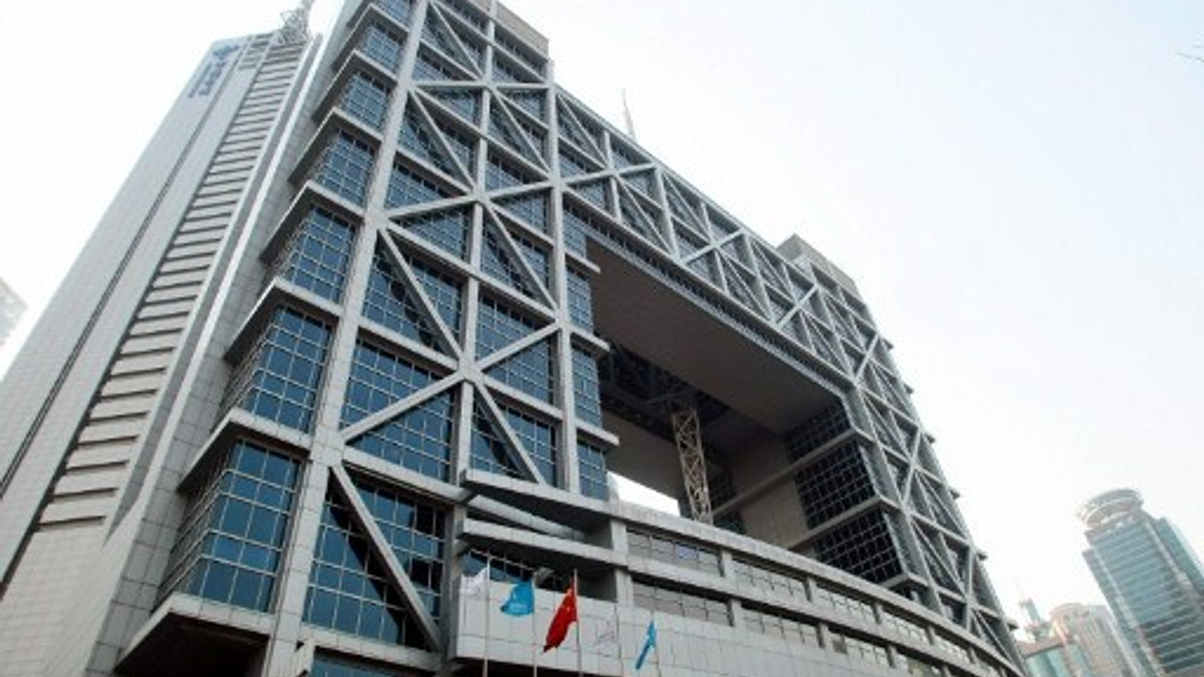Shanghai eases ETF rules in expansion drive
The city's stock exchange moves to allow more than one ETF manager to track the same index to foster greater competition and sustainable market growth.

The Shanghai Stock Exchange (SSE) is striving to spur growth in its exchange-traded funds market by allowing several ETF managers to track the same index concurrently.
Sign in to read on!
Registered users get 2 free articles in 30 days.
Subscribers have full unlimited access to AsianInvestor
Not signed up? New users get 2 free articles per month, plus a 7-day unlimited free trial.
¬ Haymarket Media Limited. All rights reserved.


